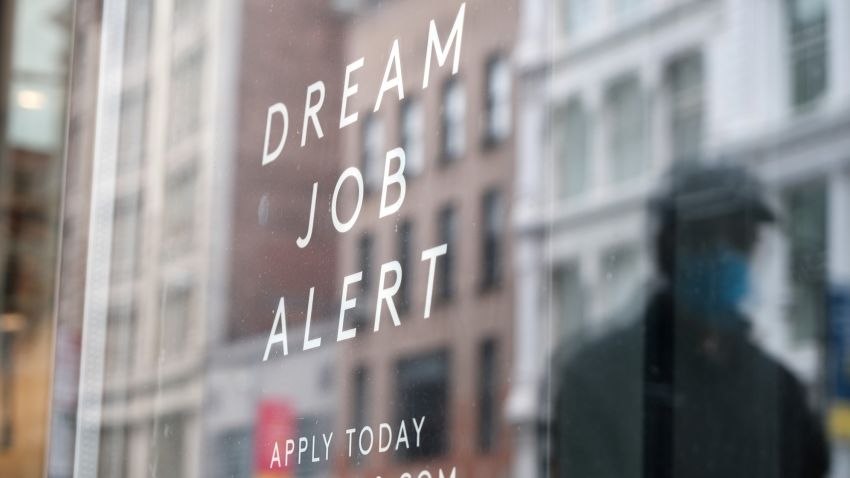Four out of the five US metropolitan areas with the lowest unemployment rates are in Florida, thanks to the state’s growing population, robust tourism activity and increased business investment.
Miami had the lowest unemployment rate of metropolitan areas with more than 1 million people in February at 2.2%, tied with Birmingham, Alabama, according to the latest rankings from the Bureau of Labor Statistics. Jacksonville, Tampa and Orlando all had unemployment rates below 2.7% that month. Nationally, the jobless rate stood at 3.5% in March.
“In-migration is still a really important part of the story of Florida and the fact that people are moving away from higher cost, colder areas in the Northeast into places like Miami, to some extent, but more so Jacksonville, Orlando, and Tampa,” said Adam Kamins, director of regional economics at Moody’s Analytics.
Florida had the biggest population gains due to domestic migration of any state from July 2021 to July 2022, according to the Census Bureau’s latest estimates, growing by more than 300,000 residents. Florida was also the fastest growing state as a percentage during that period, the first time it has notched that top spot since 1957.
The state is more affordable compared to expensive coastal cities such as New York and San Francisco, and the weather is milder, both typical draws for residents who move there, Kamins said. That influx of people then drove up consumer demand across the board, which meant more workers were needed to satisfy that new demand, he added.
Tourism in the Sunshine State has also been booming recently, some of it due to weather earlier in the year.
“Another reason why unemployment rates in Florida have dropped so significantly over the last six months is due to these throngs of tourism that the state continues to enjoy, especially in light of the fact that this winter was so mild,” said Barbara Byrne Denham, senior economist at Oxford Economics.
More than 137 million people visited the state last year, exceeding 2019’s total, according to figures from the state’s tourism marketing arm. The October-to-December period last year was the sixth consecutive quarter that visitor numbers exceeded pre-pandemic levels.
Denham said the state has also benefited from businesses moving into the state. Finance titans such as Blackstone, Goldman Sachs and Citadel have all announced plans to move some or all of their operations to South Florida.
“Job growth in non-traditional tourism sectors like tech and finance really had an impact on Florida markets and there’s always this herd mentality in the finance sector, so a lot of hedge funds either moved to Florida or they set up an office,” Denham said.
The Florida economy is also closely linked to the ebbs and flows of the national economy, meaning that when the US labor market is tight, it’s usually tighter in Florida, said Mihaela Pintea, an economist at Florida International University.
“Florida is pro-cyclical, so when unemployment is low, it’s going to be even lower in Florida and vice versa,” Pintea said. “And when there’s going to be a recession, unemployment in Florida tends to react more than unemployment in the rest of the US.”
The state also has one of the least generous unemployment benefits programs in the country. Some studies have argued that generous unemployment programs keep unemployment higher for longer by disincentivizing workers from searching for a new job.






